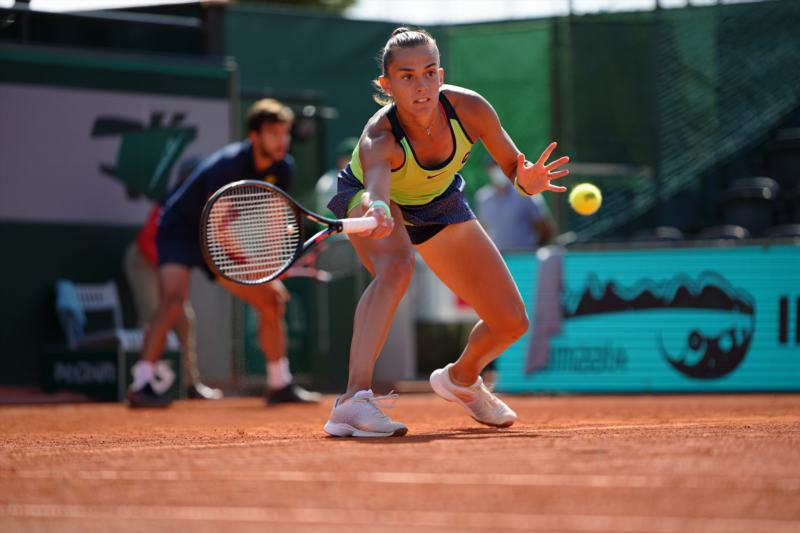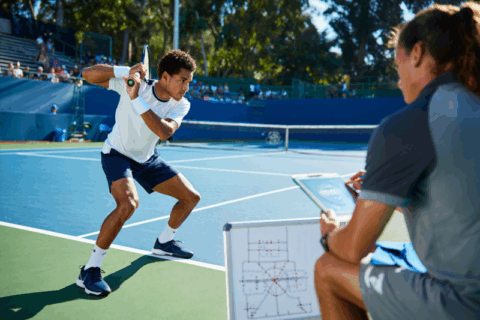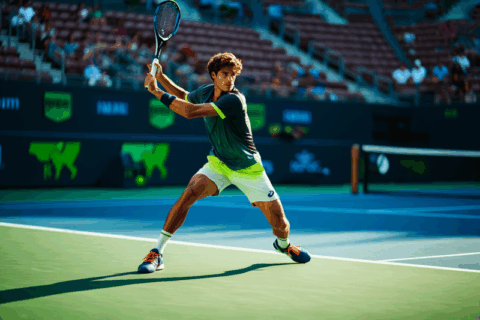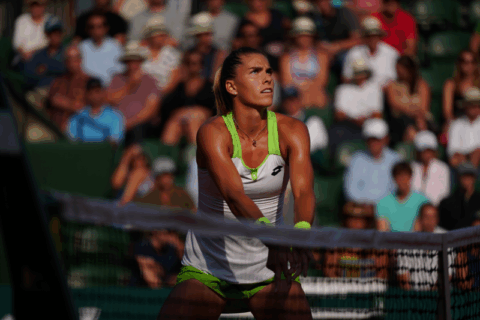
How Serve and Return Strategies Will Transform Tennis by 2026
The game of tennis is constantly evolving, driven by innovative strategies, cutting-edge technology, and a deeper understanding of biomechanics. Among the most critical aspects of this evolution are serve and return techniques — the fundamental exchanges that often dictate the outcome of a match. As we look toward 2026, it’s clear that these strategies are poised to undergo significant transformation, offering players the opportunity to elevate their game and gain competitive advantages. This article explores how serve and return tactics will develop over the coming years, enabling you to stay ahead of upcoming shifts and refine your tennis skills.
The Evolution of Serve and Return Strategies
The Current State of Serve and Return in Tennis
Historically, serves have been about power and placement, with players employing flat, slice, or kick serves to gain an initial advantage. Returns, on the other hand, are about reading the serve and executing precise, strategic responses. Modern players combine offensive and defensive tactics, making serve-and-return exchanges increasingly complex.
Trends Shaping Future Strategies
Several trends are shaping the future of service and return tactics:
- Technological Integration: Wearable tech and AI analysis enable players to optimize serve placement and return reaction times.
- Biomechanical Advances: Improved understanding of motion mechanics leads to more efficient, injury-preventive techniques.
- Data-Driven Tactics: Extensive match analytics identify patterns, enabling players to anticipate and counter opponents’ serve and return strategies effectively.
- Mental Resilience & Adaptability: Developing psychological resilience and tactical flexibility to adapt to evolving styles of play.
Predicted Developments in Serve Strategies by 2026
Increased Use of Spin Variations
Players will harness more sophisticated spin techniques:
- Enhanced Kick Serves: Higher bounce and unpredictable angles will make returns more challenging.
- Side-Spin Serves: Incorporating subtle side spins to force weaker or less comfortable returns.
Serve Placement and Deception
- Precision Targeting: Sharper focus on placing serves in hard-to-reach corners using data-driven targeting.
- Deceptive Delivery: Using subtle motion feints or mixed speeds to confuse opponents.
Power and Speed Enhancements
- Maximized Serve Velocity: Exploiting biomechanical innovations to generate more power without sacrificing control.
- Rapid Service Sequences: Cutting down the time between points to keep opponents on the defensive.
Future of Return Strategies by 2026
Anticipation and Readability
- Enhanced Opponent Analysis: Using AI insights for early recognition of serve patterns.
- Predictive Positioning: Advanced footwork techniques for optimal court positioning based on serve tendencies.
Diverse Return Techniques
- Variable Rallies: Adapting return style—whether defensive, offensive, or neutral—based on the serve’s spin, pace, and placement.
- Aggressive Returns: More frequent use of aggressive returns to offensively counter serve, putting pressure on the server.
The Role of Technology in Returns
- Real-time Data Feedback: Wearables and sensors provide instant feedback to refine return timing and positioning.
- Video Analysis: Post-match AI breakdowns help identify subtle cues and areas for improvement.
How to Stay Ahead of These Shifts
Continuous Learning and Practice
- Integrate Technology: Use advanced training tools, such as serving robots and virtual coaching.
- Analyze Your Matches: Regularly review footage with analytics software to identify areas for evolution.
Focus on Physical and Mental Conditioning
- Develop explosive power, endurance, and flexibility.
- Cultivate mental resilience and adaptability to implement new tactical strategies effectively.
Engage with the Tennis Community
- Attend workshops, clinics, and tournaments that emphasize innovation.
- Follow expert insights and stay updated with emerging trends through reputable tennis outlets.
The landscape of tennis serves and returns is set to transform dramatically by 2026, driven by technological, biomechanical, and strategic advancements. Recognizing these upcoming shifts allows players to adapt proactively, turning these innovations into competitive edges. Whether you’re a professional athlete or an enthusiastic weekend player, embracing the evolving serve and return techniques will be crucial in elevating your game and staying ahead of the curve.
Ready to revolutionize your tennis game? Stay informed, incorporate emerging strategies, and practice relentlessly. The future of tennis belongs to those who adapt today. Start integrating these insights now and lead the way into 2026!


